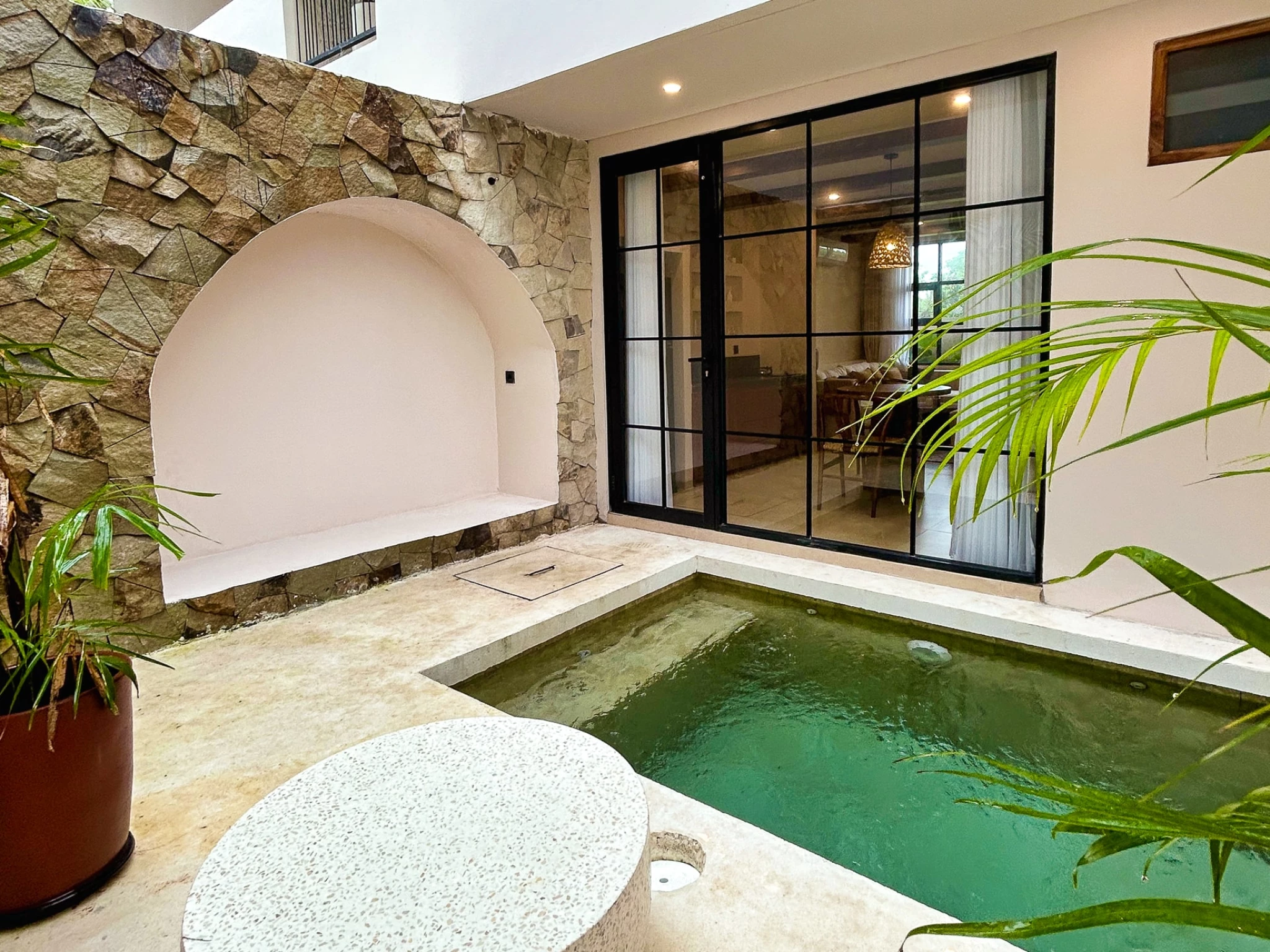Investissement Villa Bali
Sep 23, 2025
munggu: bali’s next property investment hotspot in 2025
If you’ve watched Bali’s property market for the last few years, you’ve seen attention migrate north from Seminyak and Canggu toward quieter coastal villages that offer space, authenticity, and increasingly — strong upside. Enter Munggu: a low-key fishing-and-rice-village tucked between Seseh and Cemagi in Badung Regency that’s quietly becoming one of the island’s most interesting property plays in 2025.
1. Why investors are suddenly talking about Munggu
Three things are fuelling interest: proximity, lifestyle, and pipeline development. Munggu sits roughly 15-25 minutes from popular parts of Canggu and within easy reach of Tanah Lot and southern Bali’s main hubs, giving buyers the convenience of Bali’s established lifestyle scene without the noise or premium prices of tourist-heavy districts. That location premium — close enough to the action, far enough to feel private is attracting lifestyle buyers and long-stay digital nomads.
At the same time, a steady stream of off-plan developments and boutique villa projects is appearing in listings, signalling developer confidence that demand will keep rising for mid-to-upscale villas and land. Local property portals and agencies are showing new freehold and leasehold inventory hitting the market, often at prices below comparable Canggu product. That supply-demand mix is exactly what investors look for: emerging desirability paired with still-reasonable entry prices.
2. Who’s buying and why Munggu fits their checklist

The buyer profile for Munggu in 2025 skews toward:
Lifestyle owners who want a permanent or semi-permanent Bali base close to wellness, surf, and food scenes.
Digital nomads and remote workers looking for quieter neighbourhoods with good access to coworking and international-standard amenities.
Small-scale investors buying villas to short- or mid-term rent to tourists and longer-stay travellers.
These buyers favour walkable local communities, coastal access for morning surf or beach yoga, and the ability to scale renovation or rental operations without the regulatory and price headaches of saturated hotspots.
3. Price dynamics & returns - what the numbers whisper
While Munggu’s market isn’t yet as transparent as Seminyak’s or Ubud’s, property portals and recent listings show a pattern: entry-level villas and off-plan units priced significantly lower than equivalent properties in Canggu, with expected rental returns that can be attractive for short-stay and long-stay mixes. Multiple industry analysts remain upbeat about Bali’s 2025 outlook, noting tourism recovery, renewed foreign interest, and niche demand for quieter coastal villages as drivers for price appreciation. If trends hold, early buyers in Munggu could benefit from both rental cashflow and medium-term capital appreciation as the area matures. (As always: do your own due diligence; local yields and costs vary.)
4. Infrastructure & quality-of-life improvements to watch

Munggu’s rise isn’t happening in isolation. Bali’s broader infrastructure plans, plus private investments in amenities and niche hospitality projects, are improving access and lifestyle options across southern and western coasts. Locally, expect incremental improvements: better road access to Pererenan/Canggu corridors, curated villa developments with landscaped grounds and security, and an uptick in cafes, wellness studios, and boutique restaurants aimed at the long-stay crowd. These incremental changes often precede bigger price moves — a classic early-bird scenario for property investors.
5. Risks - what a sharp buyer should keep on the checklist
No emerging hotspot is risk-free. Key concerns for Munggu investors:
Regulation & land title complexity: Verify land status (freehold vs leasehold), developer reputation, and title chain — Indonesian property law is nuanced for foreign buyers.
Local infrastructure & seasonality: While improving, infrastructure lags can affect occupancy and management costs during weaker months.
Community & environment: Rapid development can strain local resources and cause social friction; buyers should consider sustainability and community relations.
Market saturation in niche segments: As more small villa projects appear, supply could soften short-term yields — careful market sizing is essential.
6. How to approach an investment in Munggu - practical playbook
Start small: Consider a single off-plan villa or small freehold plot to test the micro-market.
Partner locally: Work with well-reviewed agents, legal counsel, and property managers who understand Badung regency.
Design for the market: Prioritise flexible layouts that serve both short-stay tourists and longer-stay remote workers (good studios/workspaces, fast internet, privacy).
Think long-term: Munggu’s reward is likely in gradual, consistent appreciation plus rental income; treat it as a multi-year hold.
Bottom Line
Munggu in 2025 checks many boxes for investors who want Bali lifestyle exposure without the immediate premiums of the island’s busiest hotspots. It’s not a speculative gold rush — it’s a methodical, lifestyle-driven shift: quieter beaches, more villa stock, and buyers who value proximity over prestige. For disciplined investors who do their homework, Munggu looks like one of Bali’s most compelling emerging neighborhoods in 2025.